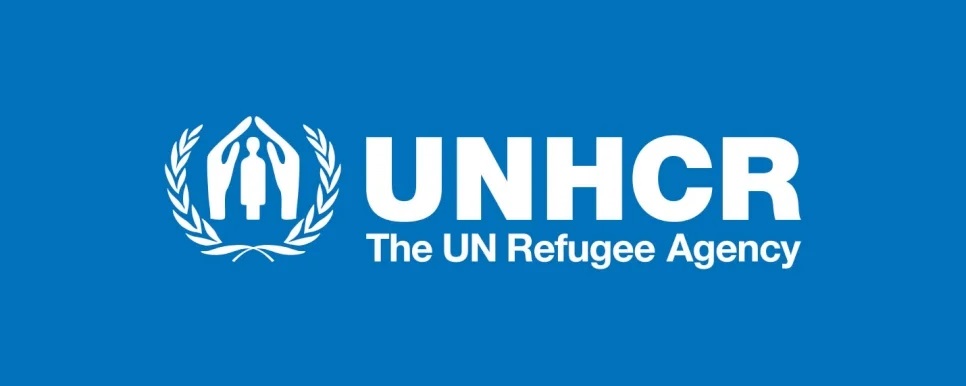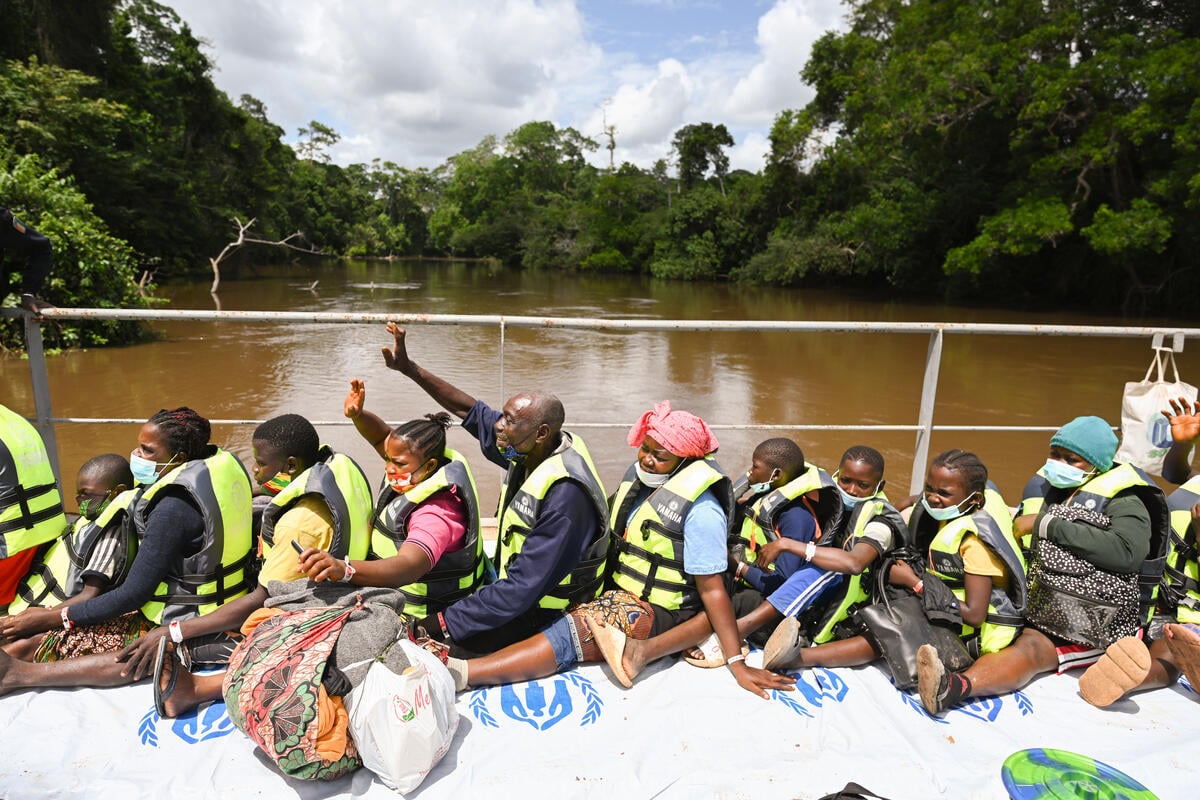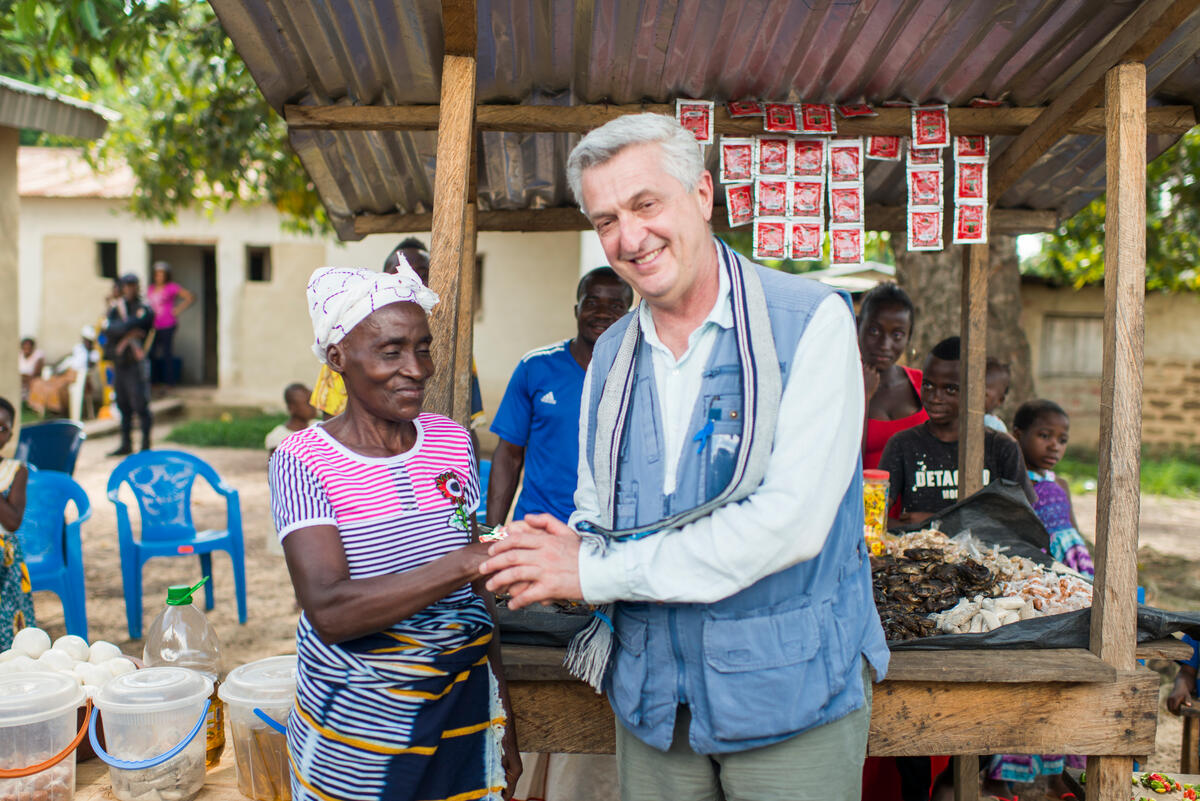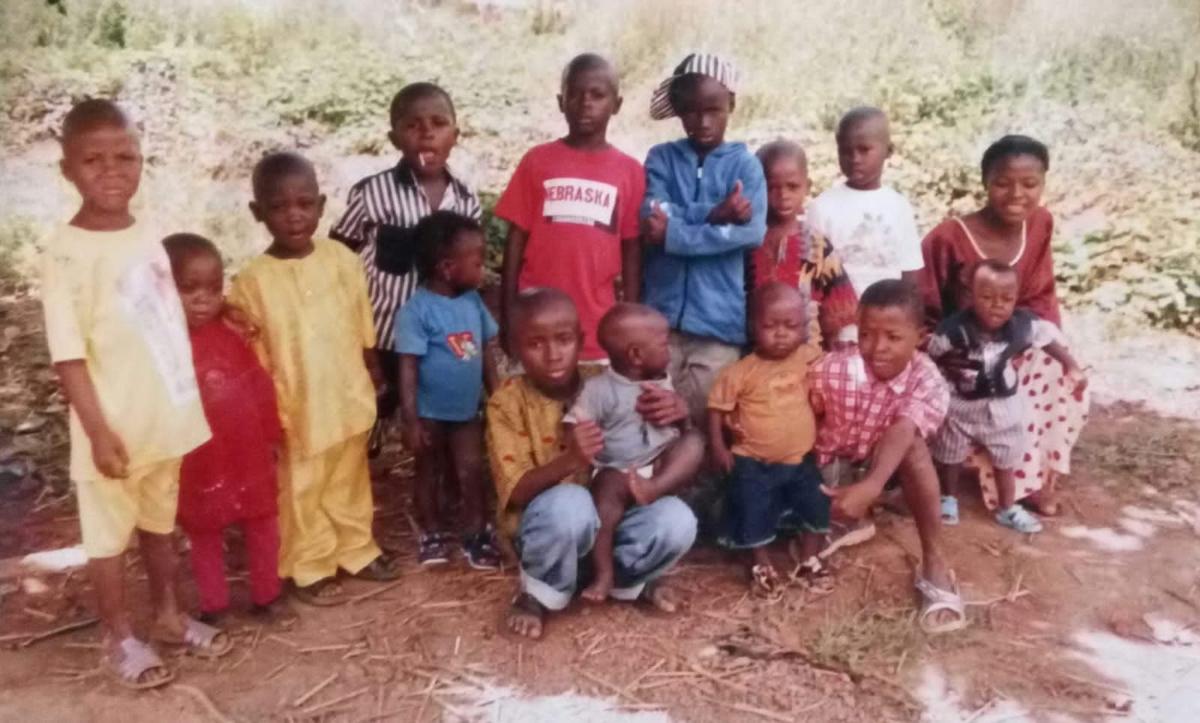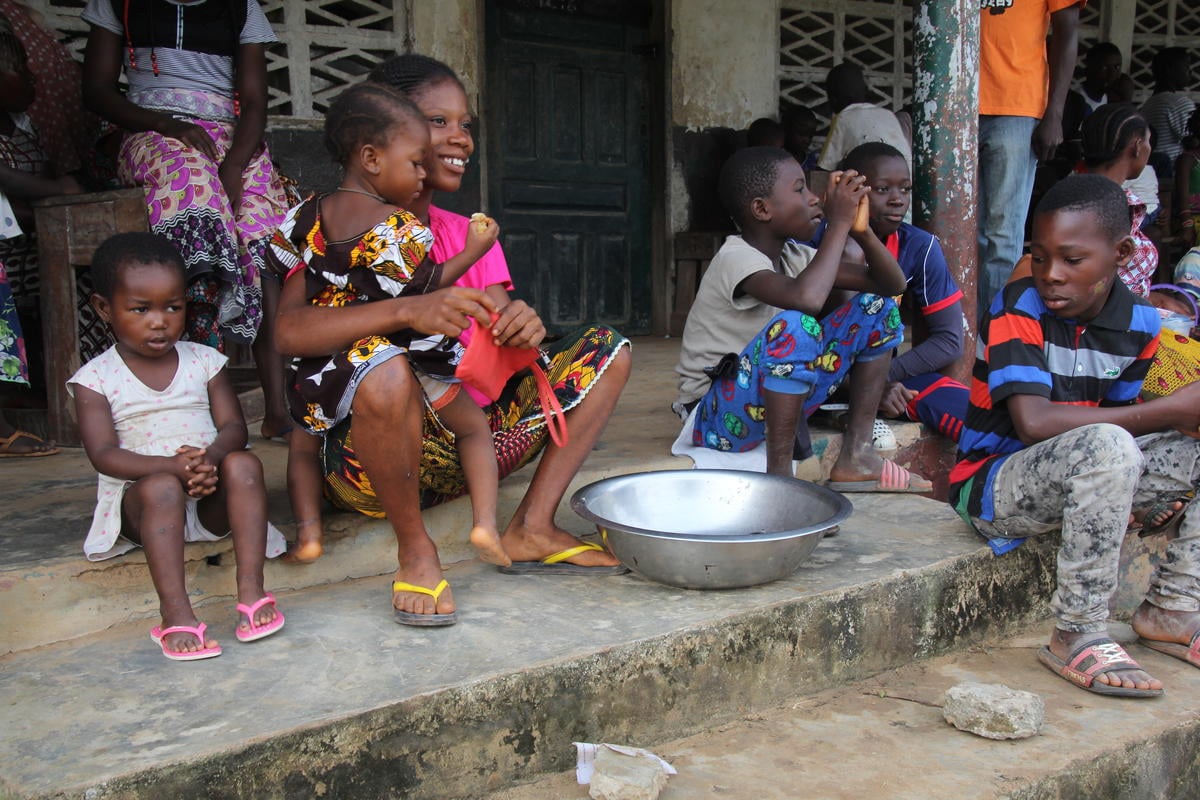A bridge to a brighter future
A bridge to a brighter future
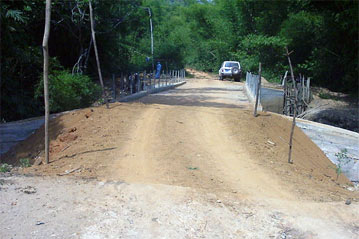
VAHUN, Liberia, February 19 (UNHCR) - In the west Liberian district of Vahun, the UN refugee agency has literally built a bridge towards a more prosperous future and the smooth integration of people who are returning home after years in exile.
Less than nine months after UNHCR wrapped up its assisted repatriation programme for Liberian refugees, the refugee agency is still in the country helping to ease the reintegration of hundreds of thousands of people in a country whose economy and infrastructure were devastated by 14 years of civil war.
The 21-metre-long Vahun Bridge over the Mawah River, commissioned by UNHCR with funding from Switzerland, is part of efforts to restore infrastructure and encourage the freedom of movement essential for economic and social regeneration.
Liberia's devastated communications network, including downed bridges and ruined roads, deterred many from returning home after the war ended in 2003.
They included 43-year-old widow, Sao Sanor, who wanted to return to her home in Vahun district after eight years in a refugee camp in neighbouring Sierra Leone. But she hesitated, knowing that the lack of infrastructure meant Vahun was isolated from the rest of Lofa County.
"I knew life was going to be hard, but my main concern was security as we were vulnerable being cut off from the rest of the country," explained Sanor, who finally decided to go back anyhow with her elderly mother and her three children. She soon realized how difficult life was without the bridge.
The family had to hack a way through the undergrowth to reach their small farm. Once they had started to produce crops, Sanor and her children had to take a long and roundabout route to get to the nearest established market in neighbouring Sierra Leone.
Getting around was difficult for everyone, including UNHCR, which has continued to play an important role in the reintegration of Liberian returnees since ending its assisted repatriation programme on June 30 last year after bringing back more than 100,000 refugees in less than three years.
"What should be a day's trip took us two full days. We had to pass through Sierra Leone to access Vahun district and it took courage to drive through the dangerous terrain of hills, valleys and rivers to enter Vahun," said UNHCR driver Joseph, who took part in the repatriation operation.
The construction of the bridge should change all that and launch a new era of prosperity for Vahun and its population of 24,000 people as well as allowing UNHCR easy access to the district as it goes about its work of reintegration assistance and protection monitoring, including community needs assessment.
It will now be easier to rebuild infrastructure and to ensure basic needs are met in areas such as health, shelter, education, water and sanitation. And the economy, of course, will get a boost from the bridge, which was opened last December.
The US$75,000 bridge was built as part of UNHCR's rehabilitation of the road linking Vahun with Kolahun district, also in Lofa County. The road was one of the main routes used for repatriating Liberian refugees in Sierra Leone.
"The sustainability of returnees boils down to creating avenues for people to provide their basic needs of food, clothing and shelter," noted Monika Brulhart, UNHCR's deputy representative in Liberia.
By Sarah F. Brownell in Vahun, Liberia

